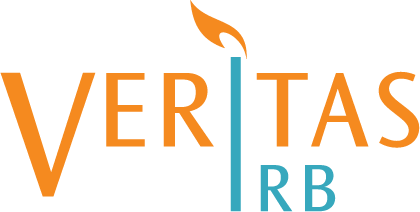We all know how challenging drafting an effective informed consent form for research can be. As a researcher, you have the dual duty to disclose all the information considered to be legally and ethically necessary to make an informed decision in a manner that will be understandable to the prospective research participant.
Many efforts have been put over the years to develop lay expressions for common biomedical research terminologies. It seems however, that, when it comes to disclosing how confidentiality of personal information will be maintained, sponsors, researchers and IRBs often revert to language that is inappropriate for research participants. By focusing too much on compliance with privacy standards we might undervalue the participant’s right to make an informed decision.
Applying the 5 Ws commonly used in journalism – “who did what, where and when, and why” – could help comply with regulatory disclosure requirements in terms that are understandable to research participants.


